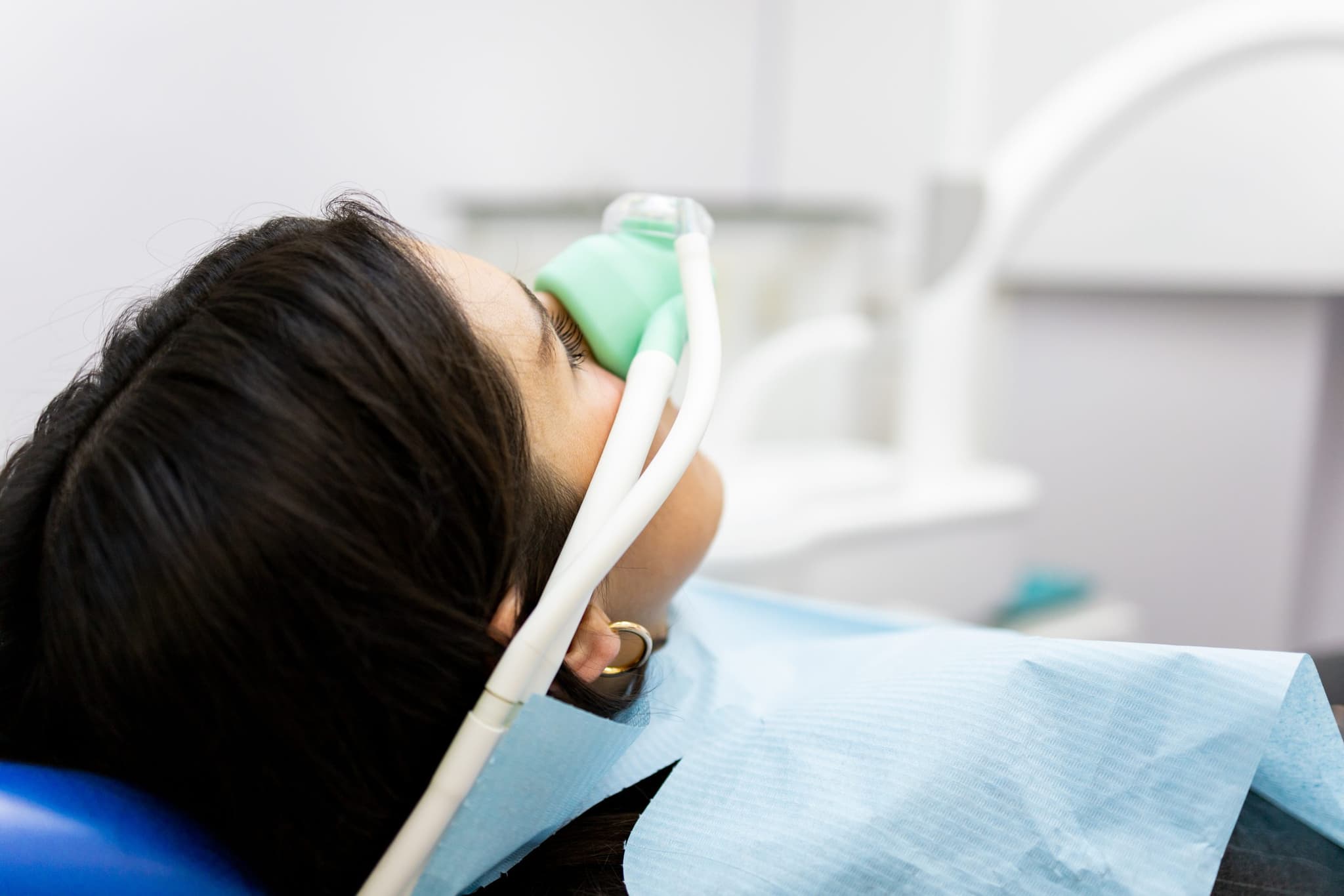Bringing a new life into the world would be impossible without the female reproductive system. The process of life begins here when a female egg cell is fertilized by a male sperm, creating a fetus and starting the nine-month cycle that eventually leads to birth. But the female reproductive system has other jobs too.
A woman’s reproductive system contains both external and internal structures, all of which serve a specific purpose. The female body goes through many changes during life, many of which occur in the reproductive system.
External Structures
The external structures of the female reproductive system have two primary jobs:
- 1. Allowing sperm to enter the body during intercourse
- 2. Protecting the internal structures from potential infections
The main external structures that help accomplish these tasks include:
- Labia majora: These are the large lips of the vagina that help protect it at the outer layer. The labia majora contain glands that secrete oil and sweat, and when a female goes through puberty, hair growth will occur around the labia majora.
- Labia minora: These are the small lips of the vagina that vary in shape and size for every woman. They sit just inside the labia majora, surrounding the vaginal opening. The labia minora contains very delicate and sensitive skin, which can easily become swollen or irritated.
- Bartholin’s glands: These are glands that create mucus to be secreted from either side of the vaginal opening.
- Clitoris: The clitoris is a small protrusion of skin located between the two labia minora lips. It’s covered by a fold of skin called the prepuce. The clitoris and prepuce are similar to the penis and foreskin in males, they are extremely sensitive and can become erect with stimulation.
Internal Structures
The internal structures of the female reproductive system are suited more for reproduction than protection, because they’re already protected by many of the external structures. These internal structures include:
- Vagina: The vagina is a canal that allows the cervix to connect to the outside of the body. The vagina is also called the birth canal.
- Uterus: Also called the womb, the uterus is a hollow organ that houses a developing fetus during pregnancy. There are two parts to the uterus: The cervix is the lower part that opens into the vagina, and the corpus is the main body of the uterus. When an egg has been fertilized, the corpus expands to hold a baby. The cervix also provides a canal to let sperm in and menstrual blood out.
- Ovaries: The ovaries are small glands on either side of the uterus, and their job is to produce eggs for fertilization and other hormones. These eggs are called ova, or oocytes.
- Fallopian tubes: These are thin tubes through which eggs travel from the ovaries to the uterus. When a sperm fertilizes an egg, it occurs in the fallopian tubes. Once fertilized, the egg then moves to the uterus, implanting itself to the uterine lining. If the egg isn’t fertilized, it will pass through the uterus and the uterine lining sheds away. This is known as the luteal phase of the menstrual cycle. Roughly 6 or 7 million eggs are produced in the female body during the fetal stage—reduced to about 1 million present at birth, and about 300,000 by the time a woman reaches puberty. Only 300 or 400 of these eggs will actually enter the fallopian tubes during a woman’s life.
The female reproductive system is an important structure with an important job, and keeping it healthy is vital. If you are of childbearing age, make sure you visit your doctor regularly for screenings and to ensure you maintain good reproductive health. Your doctor can also answer any questions you have about what’s happening in your reproductive system.
Obstetricians/gynecologists at Revere Health OB/GYN provide a full range of healthcare services to women throughout all stages of their lives including; puberty, child-bearing years, menopause.
Sources:
“The Female Reproductive System.” Cleveland Clinic. https://my.clevelandclinic.org/health/articles/the-female-reproductive-system
“Your Guide to the Female Reproductive System.” WebMD. https://www.webmd.com/sex-relationships/guide/your-guide-female-reproductive-system





